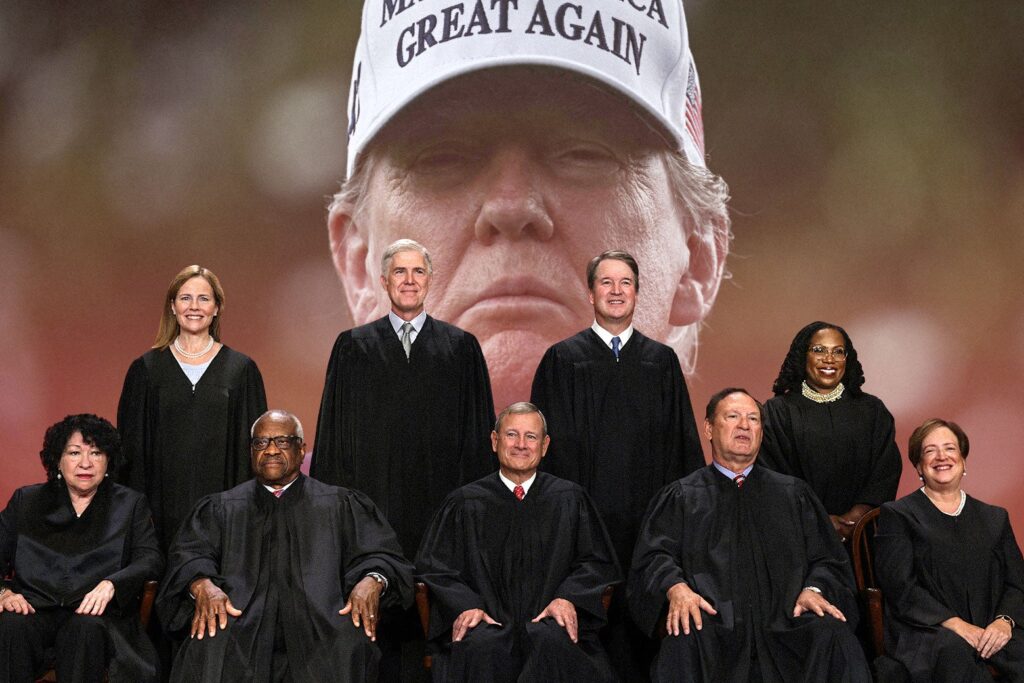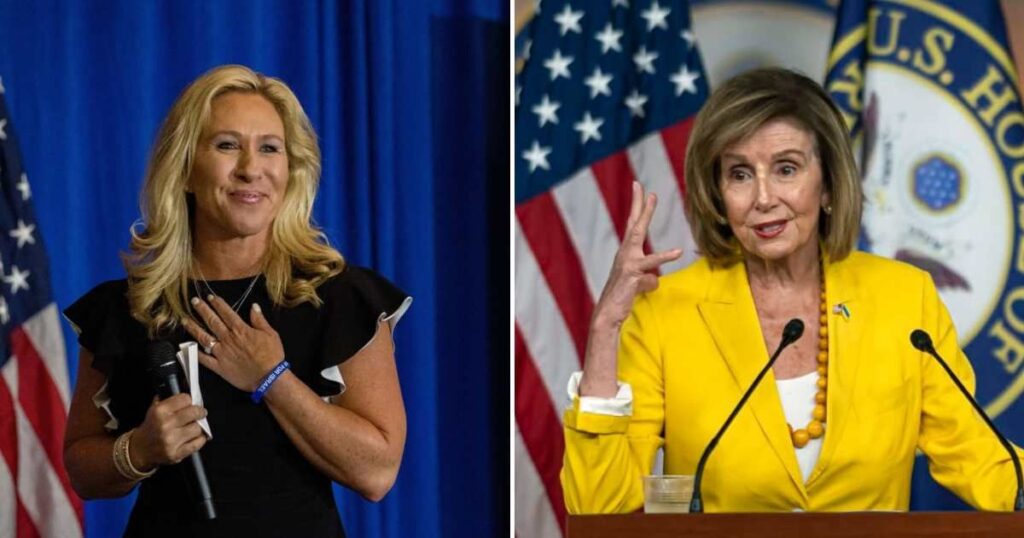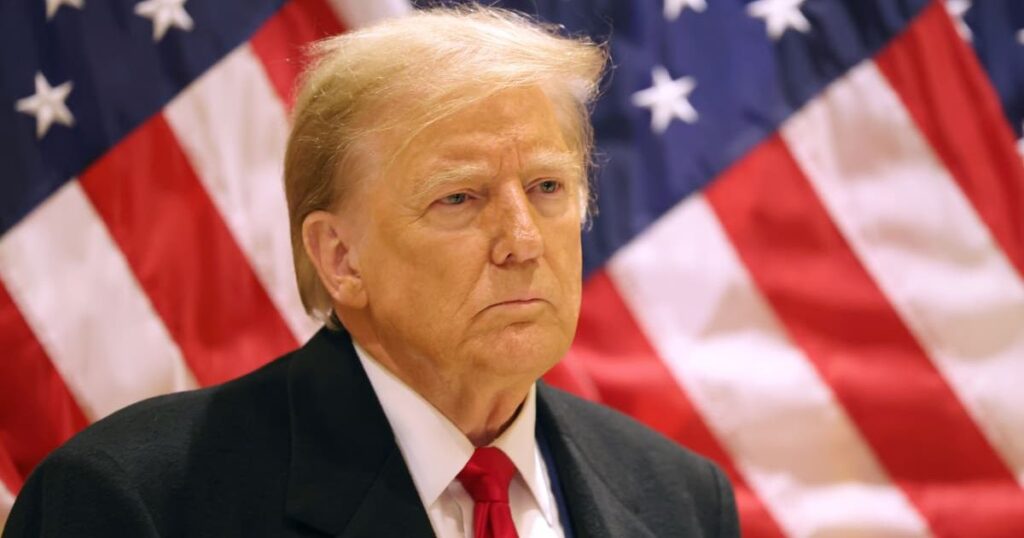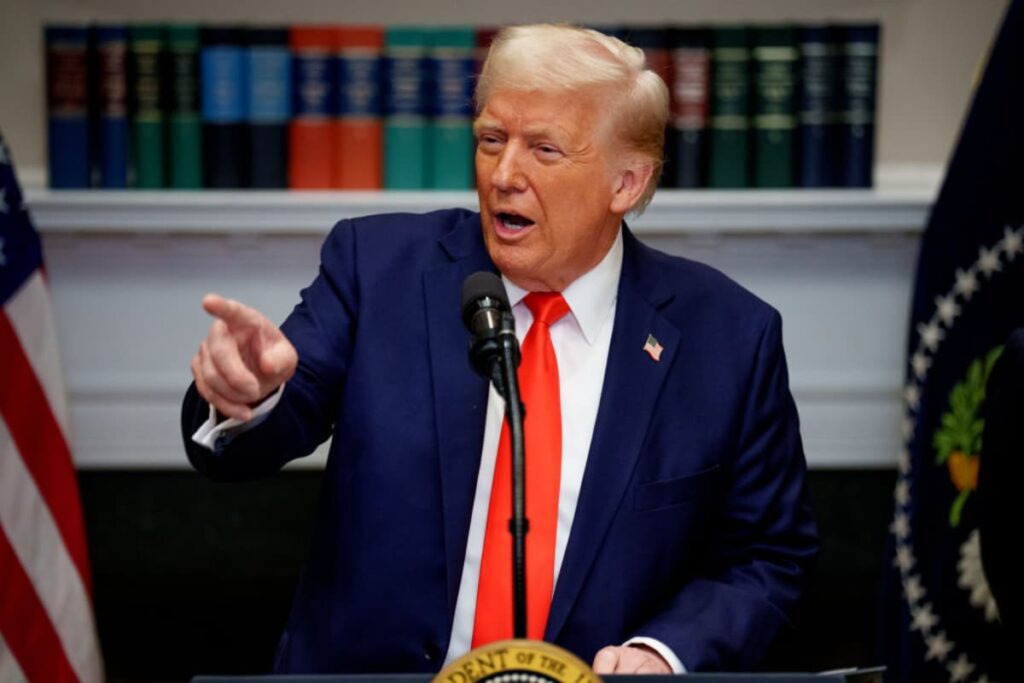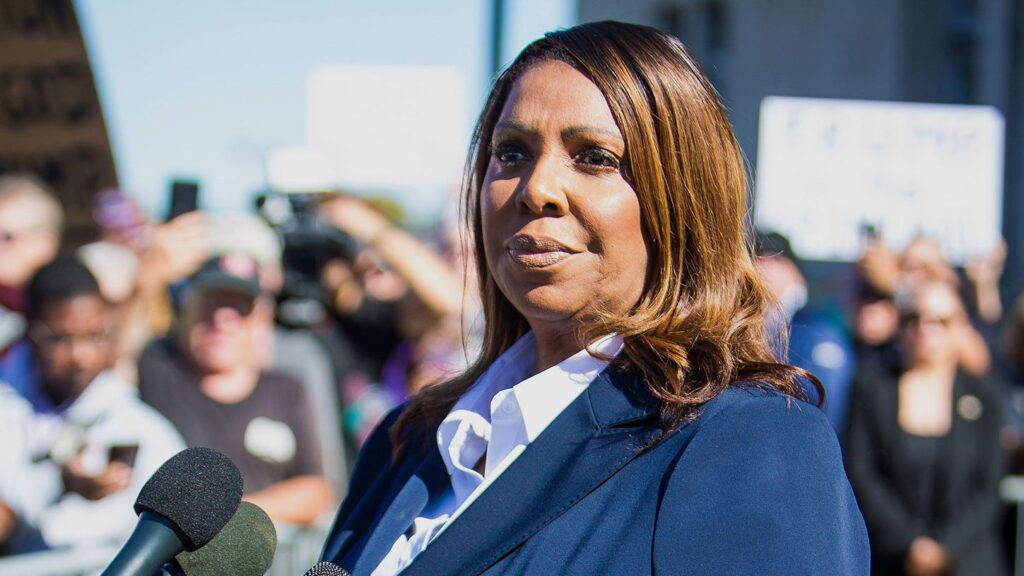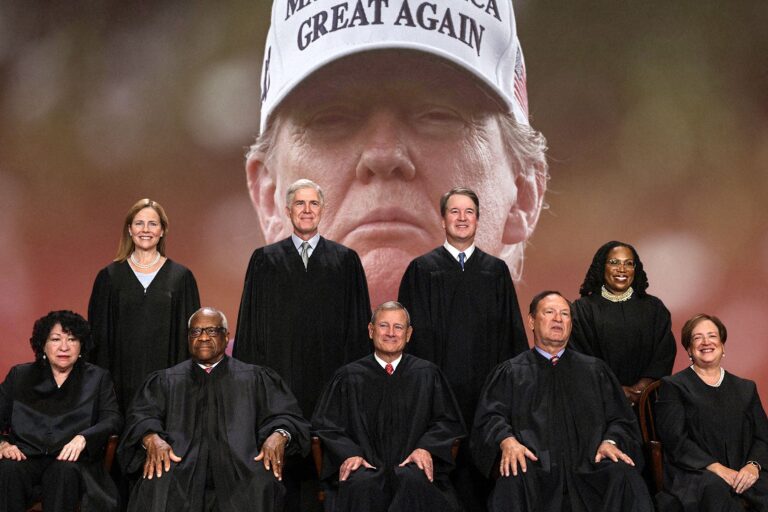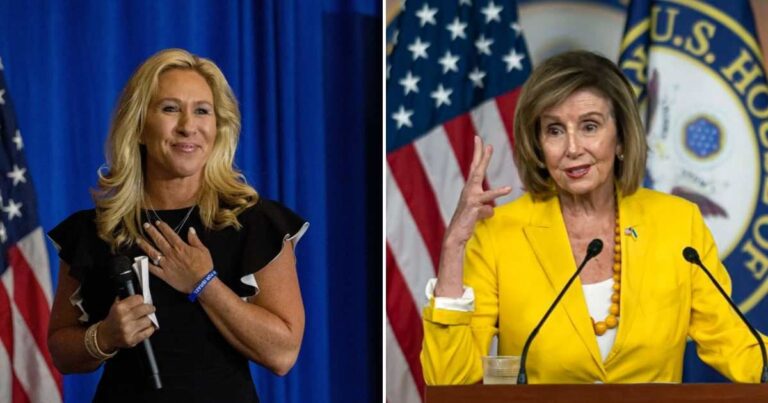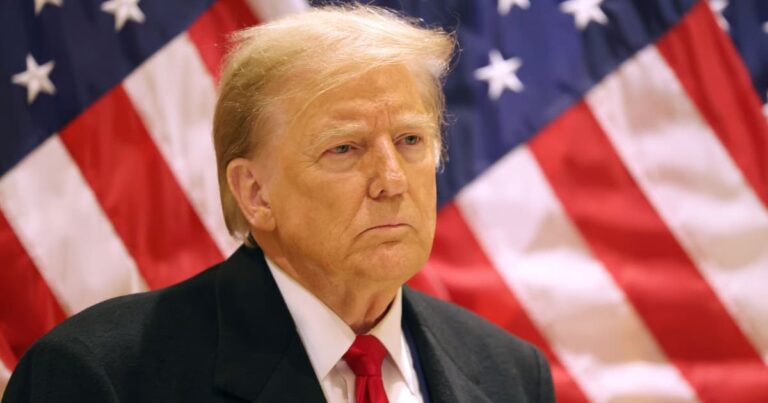The Belgian Grand Prix ended in unexpected drama when George Russell, the first person across the line, was disqualified for having a Mercedes that was found to be underweight. Due to this disqualification, his colleague Lewis Hamilton emerged victorious in the race, increasing his career tally of wins to an incredible 105. Following the changes, Oscar Piastri of McLaren moved up to second place, and Charles Leclerc of Ferrari moved up to third. Read More
After the race in Spa, BBC Sport F1 journalist Andrew Benson is available to address any of your urgent queries as the summer vacation gets underway.
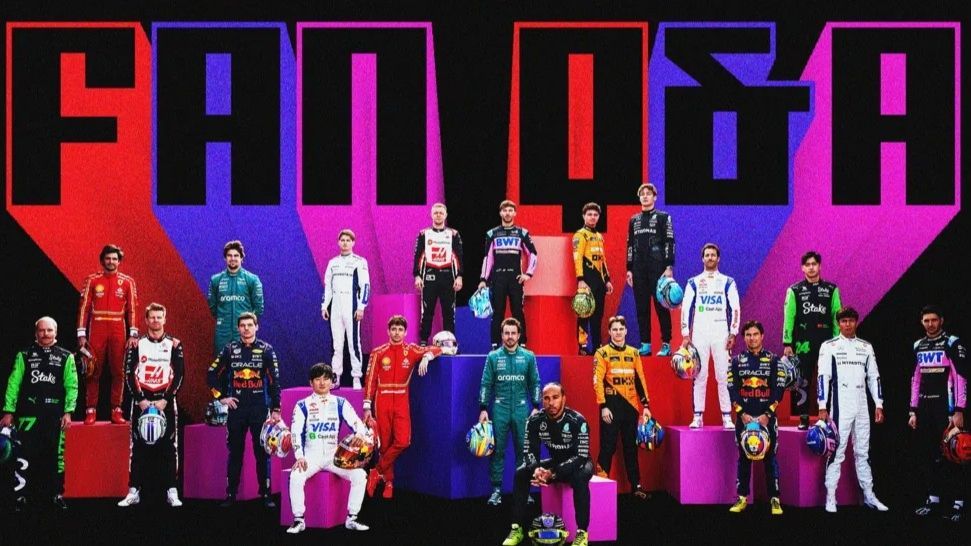
George Russell’s Underweight Car’s Effects: Time Advantage and Repercussions – Martin
A car can gain a significant time advantage of 0.05–0.06 seconds per lap with a weight reduction of 1.5 kg. This equates to about 2.3–2.6 seconds throughout a complete race. In the extremely competitive world of Formula One, these kinds of distinctions might add up to a lot, despite the fact that they might not seem like much. But in this case, adherence to the regulations takes precedence above any potential advantages. Regardless of the competitive advantage gained, any car that surpasses the allowed weight restrictions is considered to be in violation of the rules and will be disqualified.
Was the driver at fault in the Mercedes fuel issue, and how did it happen? – Anon
Mercedes has not yet released a thorough analysis of the incident, but team manager Toto Wolff acknowledged that a glaring error was made. Director of Trackside Engineering Andrew Shovlin hypothesized that Russell’s adoption of a one-stop approach may have played a role. This strategy may have led to more tyre wear than anticipated because it was not anticipated before the race. With the meager 375g that separate legality from noncompliance per tire, this scenario seems plausible. Despite these nuances, there is reciprocal accountability between the driver and the crew. The guidelines are unambiguous: any benefit derived from breaking the law must be penalized, involving the vehicle and the driver.
Lewis Hamilton’s Chances of Winning the Drivers’ World Championship – Callum
Hamilton’s prospects of clinching the drivers’ championship this season are minimal. With ten races left, he trails championship leader Max Verstappen by 127 points. It would be extremely unlikely for Hamilton to overtake Verstappen by over 13 points in each race in order to close the gap. Verstappen’s nearest rival, Lando Norris of McLaren, is presently 78 points adrift. This means that each race will have an average deficit of 7.8 points. Norris would still fall short even if he were to win every remaining race and Verstappen would finish second. Although it is still theoretically feasible for someone other than Verstappen to win, the chances are very slim. The constructors’ championship, however, paints a different image. Red Bull leads McLaren by just 43 points, and as both team vehicles add to the total, the race is still open. Given the current competitive dynamics, McLaren still has a fighting chance.
Enforcement of the F1 Summer Break in Factories – Jeremy
The summer hiatus is strictly enforced by the FIA. All car-related operations, including production and performance, must stop for two weeks. This covers part manufacture, engineering meetings, design, and simulations. During this period, factories are essentially closed, with computers turned off and no one allowed inside. There can still be strategy and idea sharing among team members, but no real work can get done. By requiring that all teams adhere to the same regulations, this imposed downtime maintains parity between the teams.
Impact of Team Radios on the Sport – Jason
There is constant discussion about the use of team radios in Formula One. The sport tried out forbidding team radios during competitions a few years ago. The outcome had a discernible effect on the experience of the audience. TThe inability of the drivers and teams to interact in real time undermined the televised spectacle, which is why eam radios were brought back. These messages give spectators crucial information while also ratcheting up the race’s excitement. Most people feel that team radios increase the entertainment value of the event, although some arguing that drivers may receive too much guidance from them, jeopardizing their special skills.
Pit wall presence against garage strategy: pros and cons – Nathan
Depending on preference, team members may be positioned on the pit wall or in the garage. Red Bull wanted to have engineers and the team principal on the pit wall, a relic from the days when this was the only realistic way to monitor the race. Mercedes, on the other hand, operates from the garage, proving that effective race management is still feasible in spite of the sophisticated communication and monitoring technologies of today. Every tactic has benefits. Being on the pit wall gives you a rapid perspective and a hands-on feel for the race, but staying in the garage offers a regulated environment with the necessary technological assistance. Both approaches work well, demonstrating the variety of team tactics and how they have been modified to evolving technologies.
In conclusion, the recent events surrounding Mercedes and the upcoming summer break highlight the dynamic and complex nature of Formula 1. The results of races and championships are influenced by every conceivable element, including team preferences, technology advancements, legal compliance, and strategic decisions. As the season progresses, viewers can expect even more dramatic turns and intense competition.
For more latest news checkout our website: latestglobalinsight




